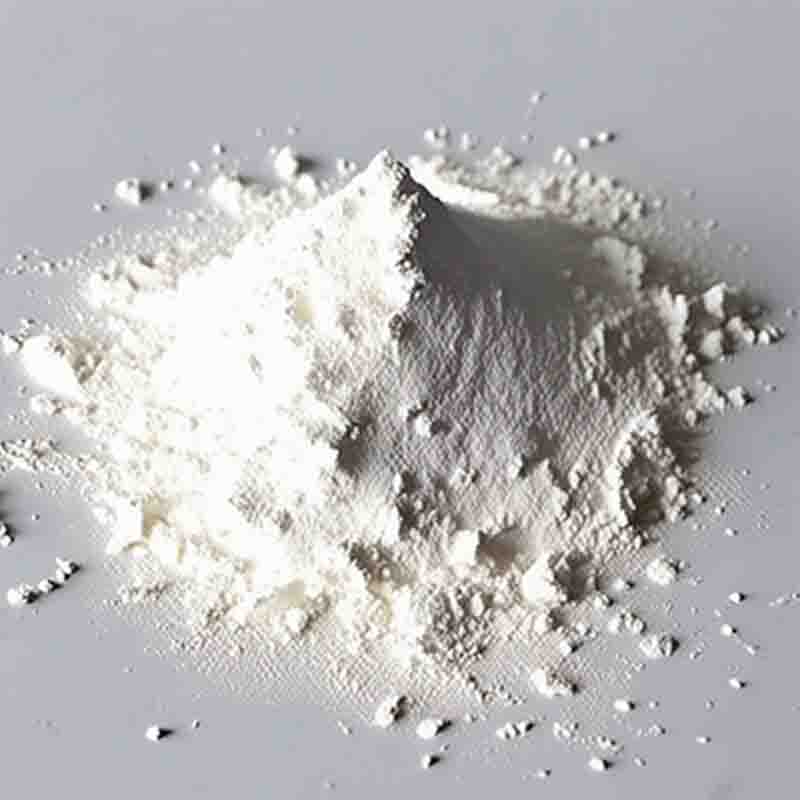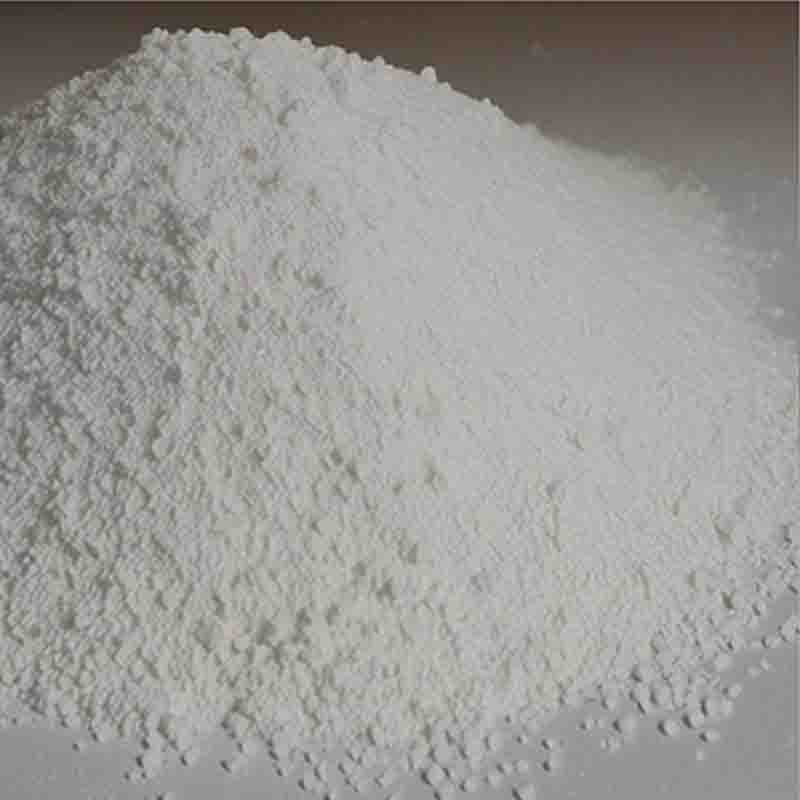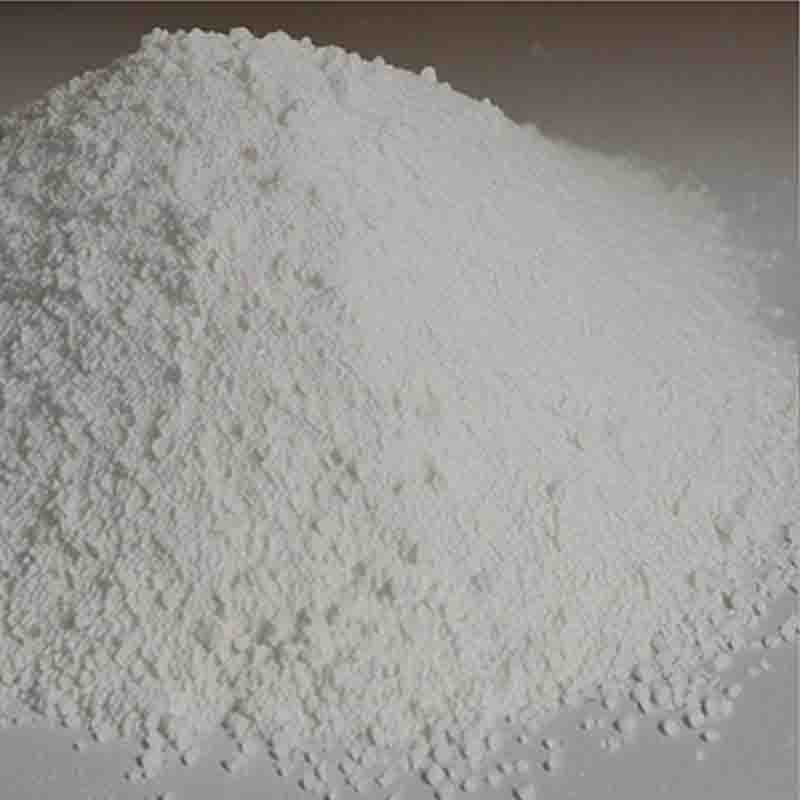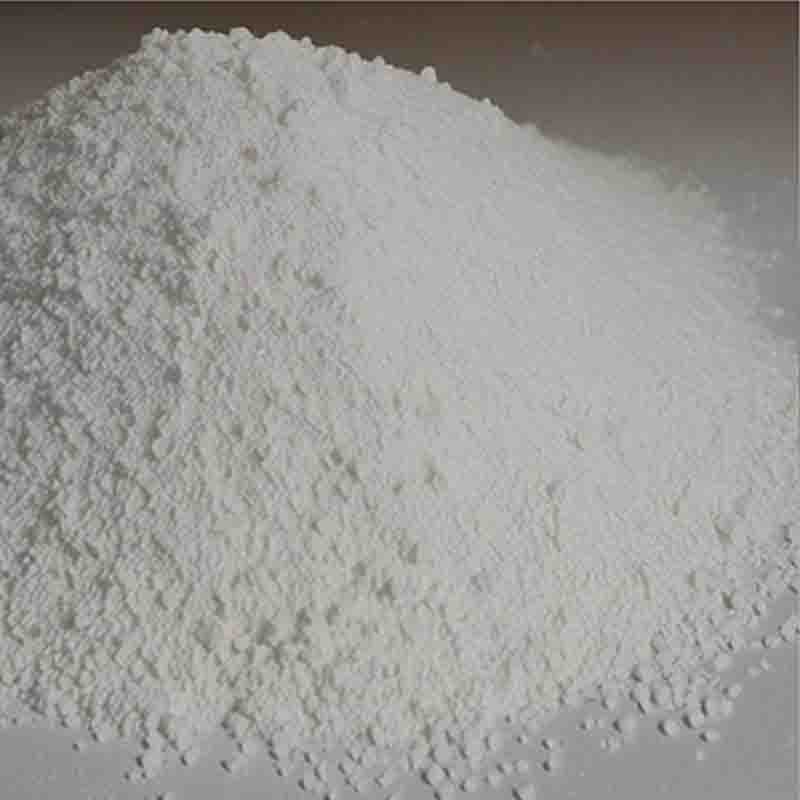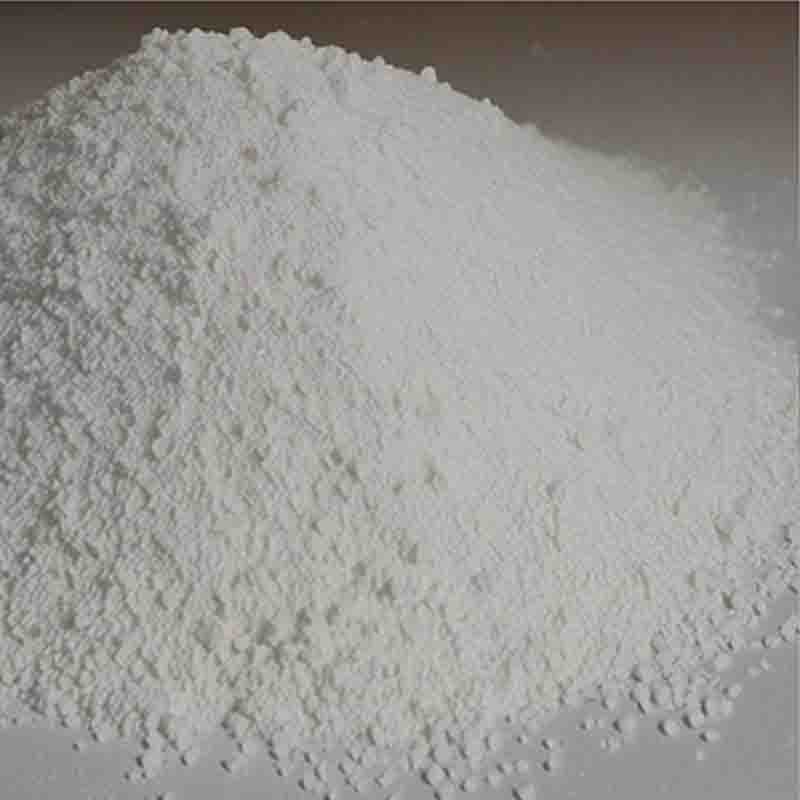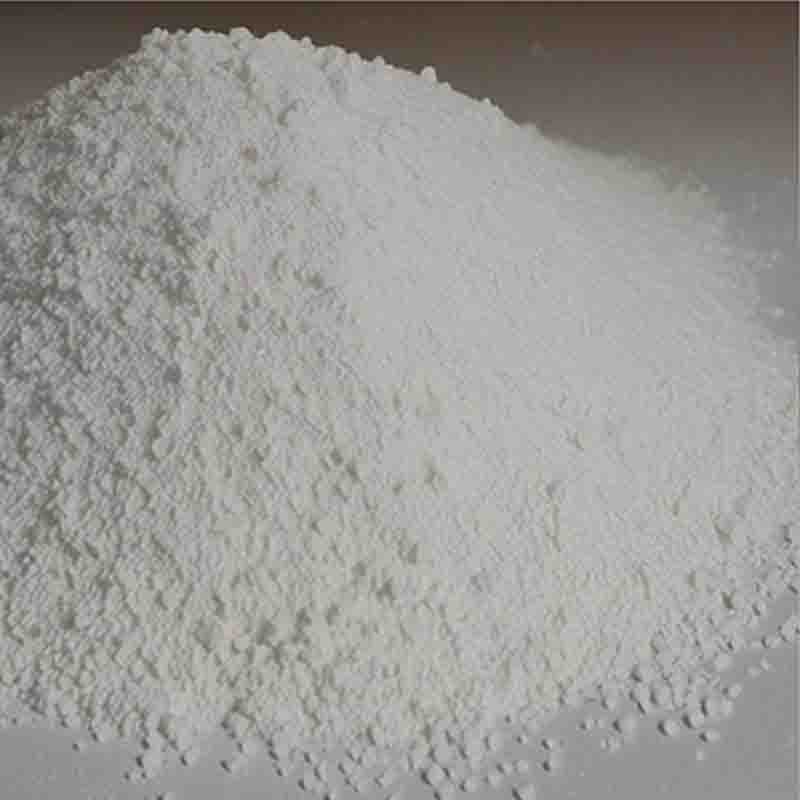Naphthalene-1,4-dione CAS:130-15-4
| Catalog Number | XD94799 |
| Product Name | Naphthalene-1,4-dione |
| CAS | 130-15-4 |
| Molecular Formula | C10H6O2 |
| Molecular Weight | 158.15 |
| Storage Details | Ambient |
Product Specification
| Appearance | White powder |
| Assay | 99% min |
Naphthalene-1,4-dione, also known as perylene-3,4-dicarboxylic acid dianhydride (PDA), is a chemical compound with the molecular formula C16H6O4. It consists of two fused benzene rings with two carbonyl groups (-C=O) and two carboxylic acid groups (-COOH) attached to them. Here are some effects and applications of Naphthalene-1,4-dione:Dye synthesis: Naphthalene-1,4-dione is widely used in the synthesis of various dyes and pigments. It can undergo condensation reactions with aromatic amines or phenols to produce colored compounds. These dyes find applications in textiles, paints, inks, and other coloring industries.Organic semiconductors: Naphthalene-1,4-dione derivatives exhibit excellent electron transport properties and have been extensively investigated for their use in organic electronic devices. By incorporating electron-donating or electron-accepting groups, these compounds can be used as building blocks for organic semiconductors, such as organic field-effect transistors (OFETs), organic solar cells, and organic light-emitting diodes (OLEDs).Biological activity: Some derivatives of Naphthalene-1,4-dione have shown interesting biological activities, such as antimicrobial, antibacterial, and antitumor properties. These compounds have been studied for their potential use in pharmaceutical applications, including drug development and therapies.Cross-linking agent: Naphthalene-1,4-dione can act as a cross-linking agent in various chemical reactions, particularly in polymer chemistry. By reacting with certain functional groups, it can form strong covalent bonds, leading to the formation of three-dimensional networks. This cross-linking effect enhances the mechanical strength, thermal stability, and chemical resistance of polymers, making them suitable for applications in coatings, adhesives, and composites.Photochemistry: Naphthalene-1,4-dione is photochemically active and can undergo a variety of light-induced reactions. It can act as a photosensitizer, facilitating energy transfer processes and the generation of reactive species. These photochemical properties have implications in areas such as photodynamic therapy, photochemical synthesis, and photovoltaic devices.Electron transport materials: Certain derivatives of Naphthalene-1,4-dione have been used as electron transport materials in organic optoelectronic devices. Their ability to efficiently transport electrons between active layers enables improved device performance, such as higher charge carrier mobility and better energy efficiency.In conclusion, Naphthalene-1,4-dione has significant effects and applications in dye synthesis, organic semiconductors, biological activity, cross-linking agent, photochemistry, and electron transport materials. Its diverse properties and reactivity make it a valuable compound in multiple fields of chemistry, materials science, and technology. The versatility of Naphthalene-1,4-dione allows for its use in a wide range of applications, including electronics, pharmaceuticals, and materials engineering.


